In the ever changing world of health and fitness, having a reliable companion by your side can make all the difference. Enter the Google Pixel 8 Pro and Pixel 8, the latest offerings from Google that promise to revolutionize your health and fitness journey. In this article, we’ll explore how these sleek and sophisticated smartphones, equipped with powerful features and cutting-edge technology, can enhance your fitness routine and help you lead a healthier lifestyle.
1. Capture Your Fitness Journey in Stunning Detail
The Google Pixel 8 Pro boasts a pro-level triple rear camera system that includes a 5x telephoto lens and groundbreaking editing features. Whether you’re documenting your progress or capturing breathtaking outdoor scenery during your workouts, every photo and video will be nothing short of stunning. Plus, the Pixel 8’s upgraded rear camera ensures that even low-light photos come out sharp and vibrant, allowing you to relive your fitness achievements with clarity.
2. Stay Connected with All-Day Battery Life
Your health and fitness journey doesn’t stop, and neither should your smartphone. The Pixel 8 Pro and Pixel 8 come with an all-day battery that ensures you’re always connected and ready to tackle your fitness goals. No need to worry about running out of power during those long workouts or hikes.
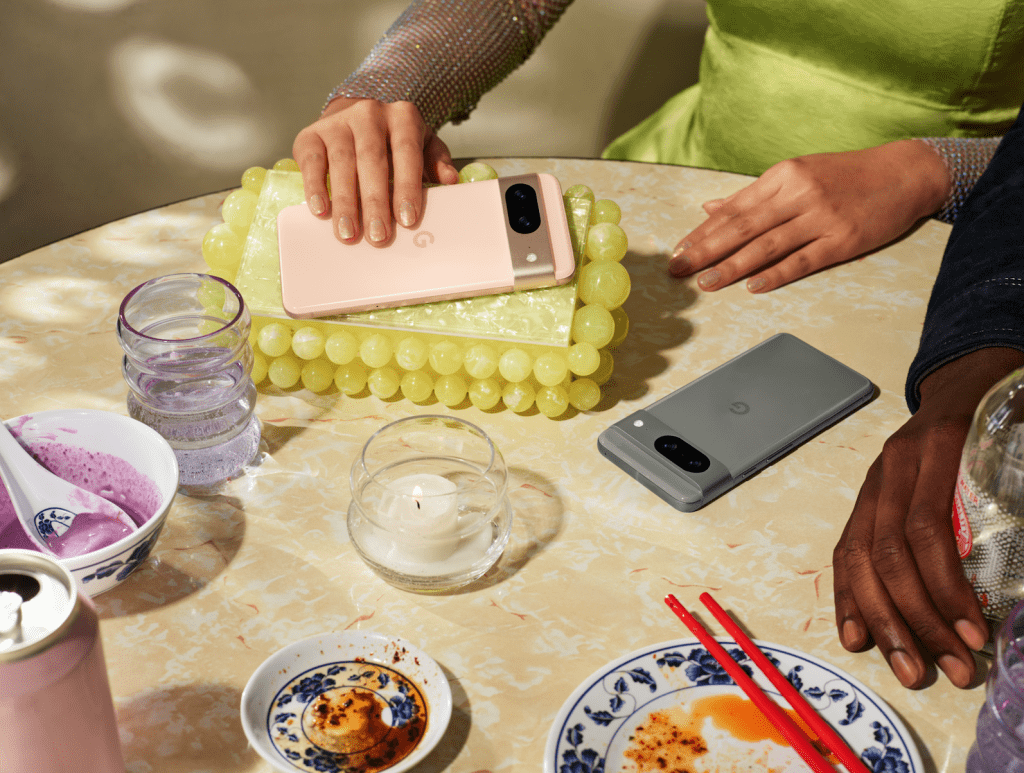
3. Google Tensor G3: Your AI Fitness Assistant
The new Google Tensor G3 processor brings the power of Google AI to your fingertips, helping you do more throughout your day. When it comes to fitness, the Pixel 8 series can provide personalized workout suggestions, track your steps, and even count your calories, making it the perfect fitness companion (especially when paired with your Google Pixel Buds Pro).
4. Monitor Your Health on the Go
For the first time ever in a Pixel, the Pixel 8 Pro features a thermometer. Now, you can quickly check the temperature of objects like beverages and cookware by simply scanning them with your Pixel 8 Pro. This feature can come in handy when you’re cooking healthy meals or making post-workout protein shakes.
5. Durable Design for Active Lifestyles
Both the Pixel 8 Pro and Pixel 8 feature modern designs with durable materials. With IP68 protection, these phones can handle slips, spills, and dust – ideal for those who lead active and adventurous lifestyles. You can take your Pixel with you on your outdoor workouts without worrying about damage.
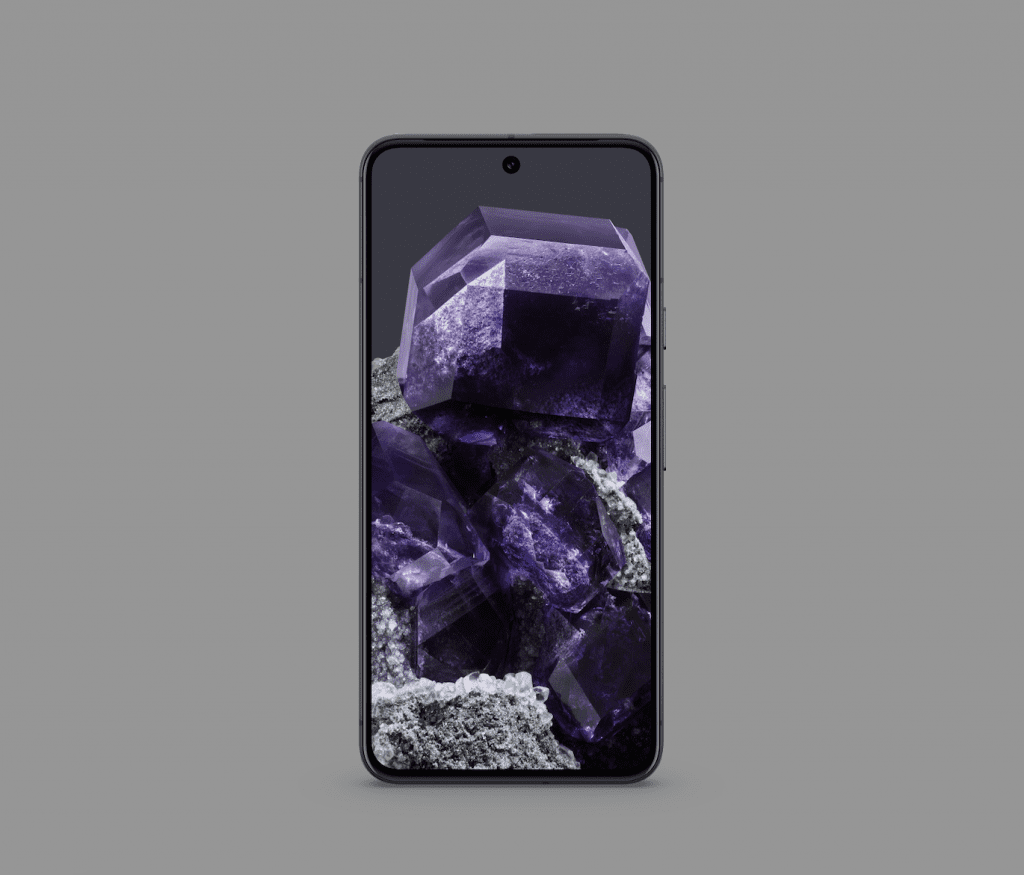
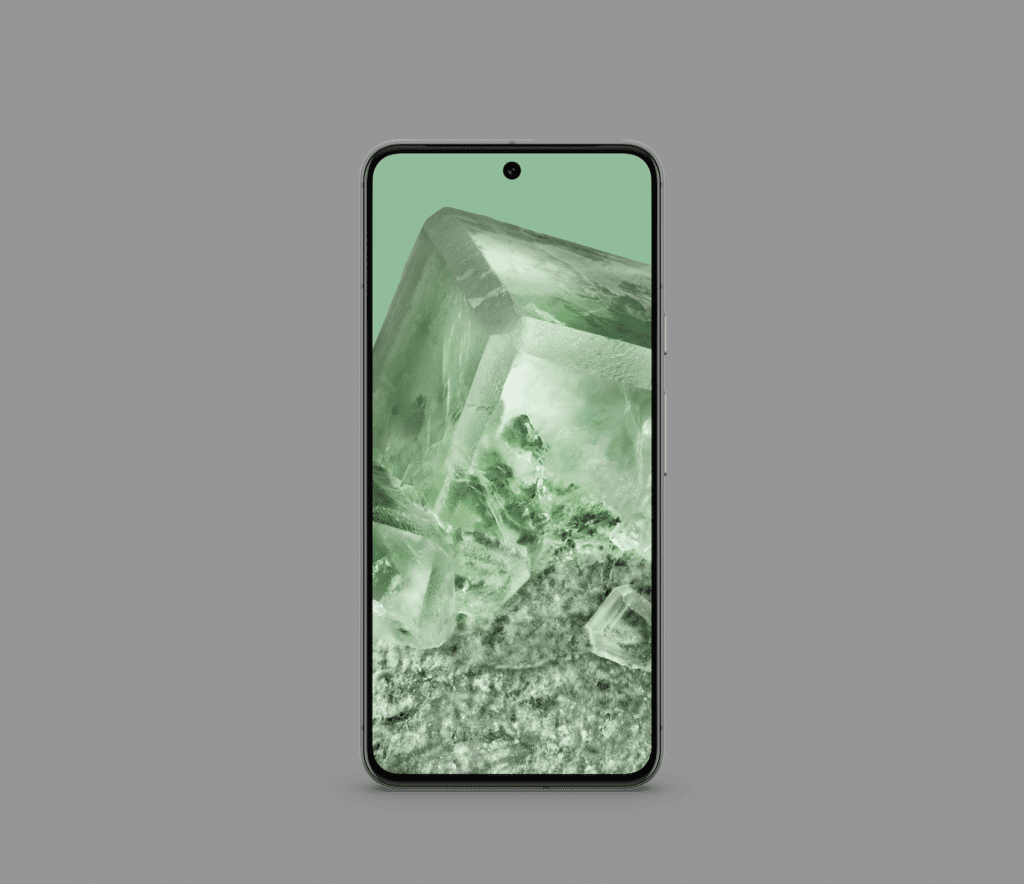
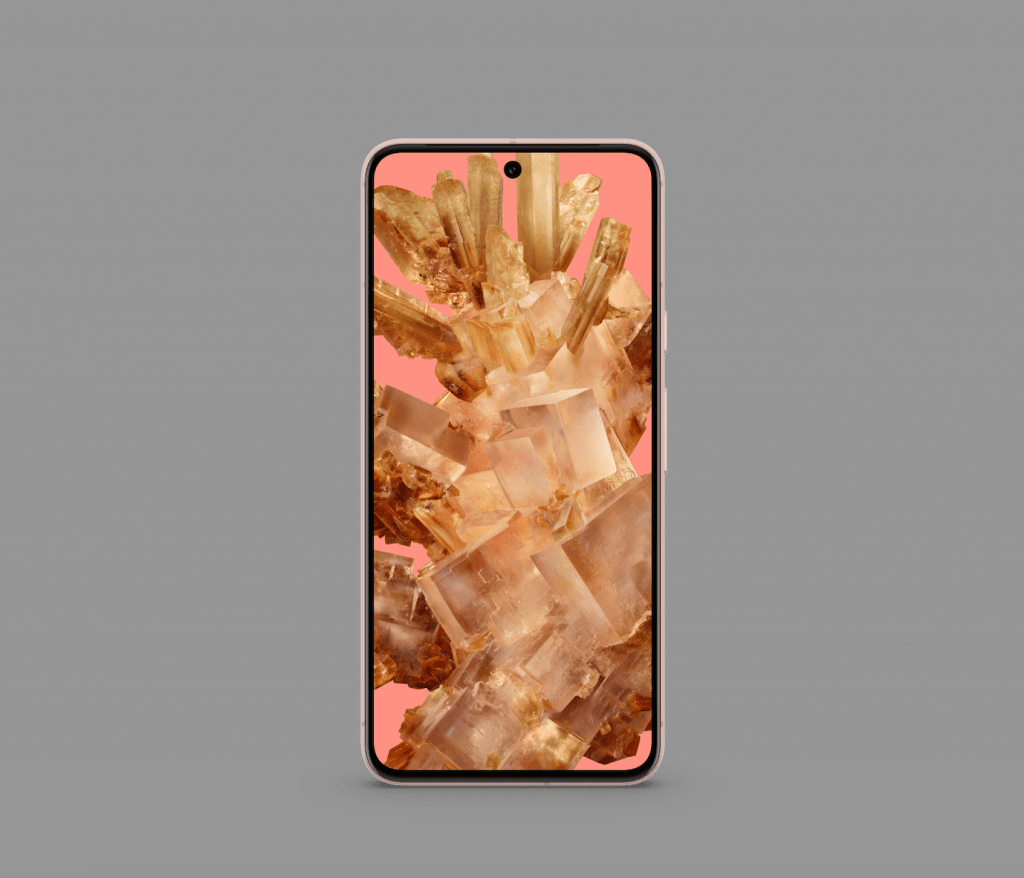
6. 7 Years of OS, Security, and Feature Updates
Your Pixel 8 or Pixel 8 Pro is built to last and get better over time. Google promises 7 years of OS and security updates, ensuring your device remains up-to-date and secure. With Feature Drops every few months, you’ll receive new and helpful features to enhance your phone’s capabilities.
7. Stay Secure with Titan M2 and VPN
Google Tensor G3 and the Titan M2 security chip provide multiple layers of security to safeguard your personal information. Additionally, both Pixel 8 phones come with VPN by Google One built in, ensuring your online activity remains private and secure, no matter what app or web browser you use.
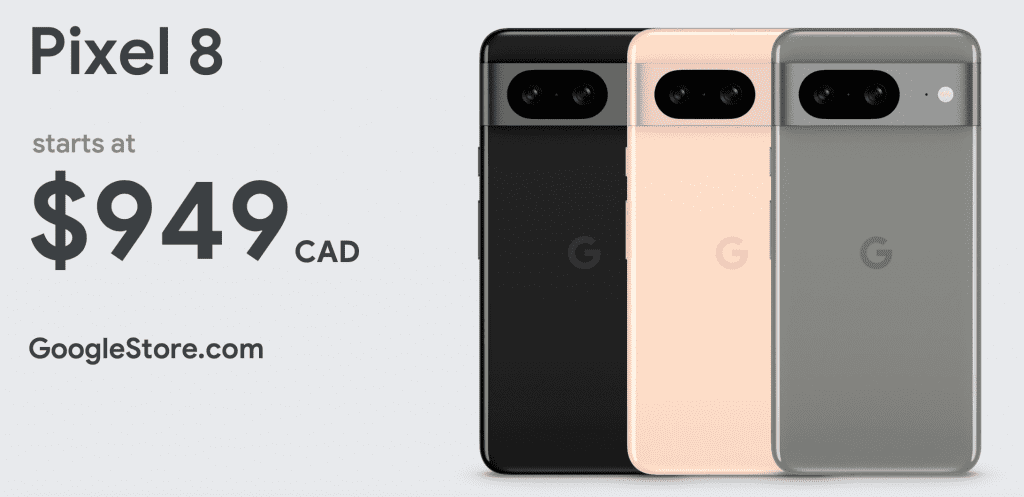
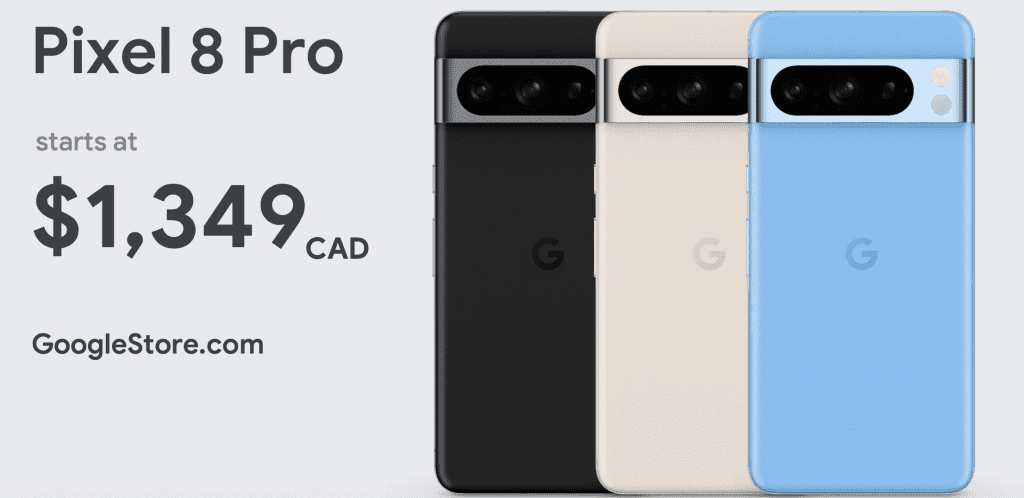
The Google Pixel 8 Pro and Pixel 8 are more than just smartphones; they are powerful tools that can elevate your health and fitness journey. With their stunning cameras, AI capabilities, durability, and security features, these phones are the ideal companions for anyone seeking to lead a healthier and more active lifestyle. Invest in a Pixel 8 series phone, and experience the “wow” of Google and the “whoa” of pro-level performance in the palm of your hand. Start your fitness journey with the Pixel 8 series today!







